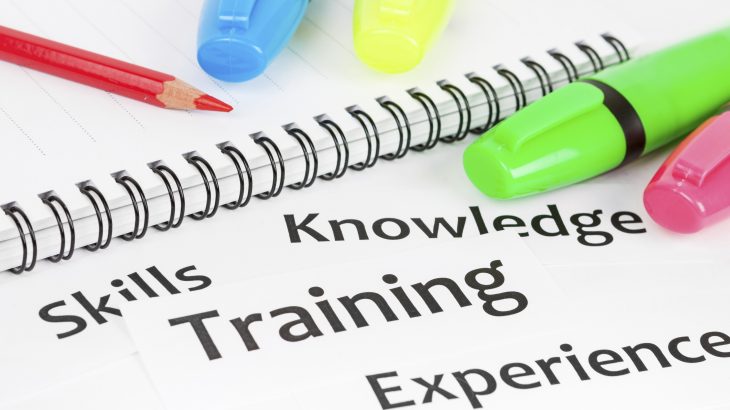Training workers is an expensive proposition for the organisations, both in terms of the costs associated with the development and delivery of instruction and the participants’ time away from work. More expensive, though, is the cost of lost business due to poor – quality products and services delivered by unskilled workers.
The bottom line for companies is that training interventions must improve employee performance. Training can be a significant expense, especially if the outcomes fall short of expectations. The first step in the process of ensuring the appropriateness and effectiveness of training is an organisational need analysis process. This process clarifies organisational objectives and the desired level of performance. Needs analysis is a common process in most organisations. A brief review of the general process is provided here to set the foundation right.
Clarify the purpose of training needs analysis.
The needs analyst explains the situation or problem-related to productivity and then determines the objectives of the study. The purpose of the review may be as broad as an organization-wide implementation of a strategy or as narrow as the application of new technology in a division.
Identify data sources and collection methods for training needs analysis.
Data points are necessary to determine the information required to respond effectively to the objectives. Data sources may include existing performance measures, work samples, benchmarking studies, employee surveys, and new sources. In modern organisations, some of these data may reside in organisational knowledge management systems including databases and intranet sites. Methods for collecting data can be categorised as unobtrusive or obtrusive.
Unobtrusive methods are those that do not ordinarily require interaction with others and do not interrupt routine work. They are inexpensive and relatively easy to execute. Obtrusive methods usually involve interaction with various people in the work setting and take time away from regular work. These methods are often a richer source of data but are costly and time-consuming for the organisation.
An important note is that you may need to use a combination of both methods to obtain a more robust representation of training requirements. However, the context of the needs assessment may dictate one type of method over another. Depending on the data sources identified, a combination of collection methods like surveys, observations, interviews, and focus groups provides different perspectives for identifying needs. In some cases, you may have to develop a new data collection instrument like a survey to collect data.
Collect, summarise, and analyse the data.
The next step is to gather data from a variety of sources on the current state of the organization that relates to the objectives of the analysis. Once data collection is complete, review the results to determine if there are trends or patterns. Potential gaps or problems in reaching organisational objectives may emerge.
Share the findings of training needs analysis.
Share the results of the analysis with all stakeholders. This can be accomplished in a formal or informal way. Sharing allows others to validate the initial findings and usually results in a jointly developed series of recommendations for the organization to consider. Some recommendations may not be training related but must be shared with the team.
Training needs generated from this process will provide a complete view of learner needs and assist training professionals in design and delivery decisions.





